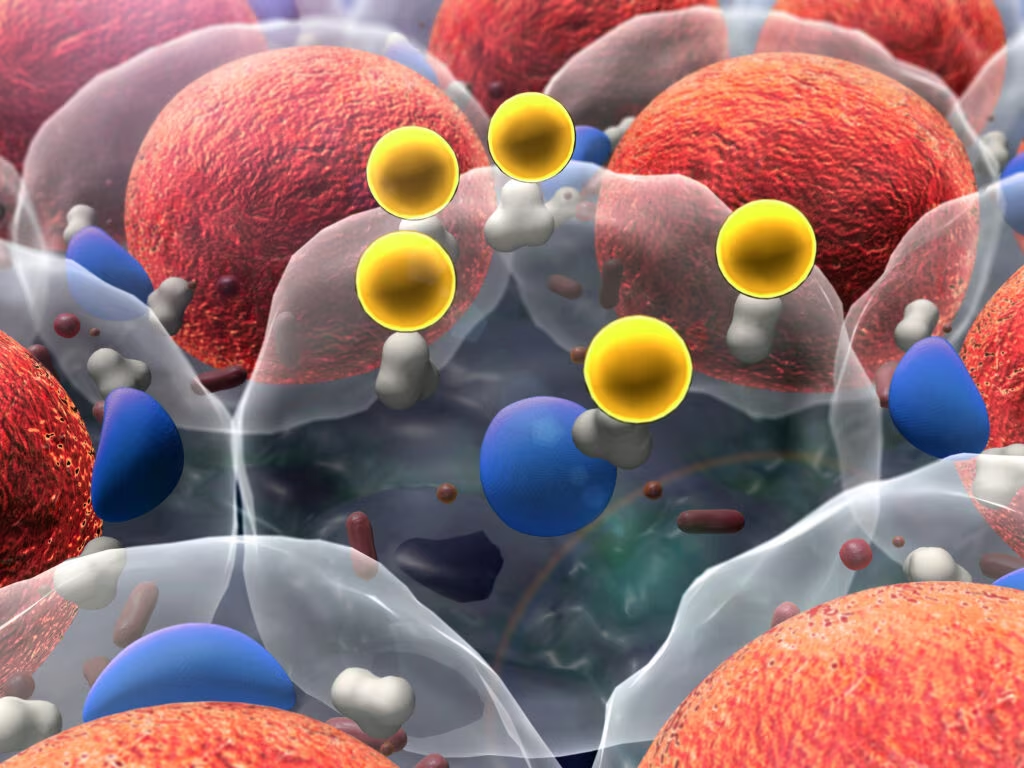Search Results
Showing Results for primary aldosteronism (PA)

Hypertension affects up to 40% of the adult population worldwide,1 and according to the World Health Organization’s 2021 estimates, globally 1.28 billion adults between 18 and 79 years are affected.2 Of these, 85% have essential hypertension3 and the remainder have secondary hypertension, which is potentially ...

Chronic kidney disease (CKD) represents one of the greatest future public health challenges due, among other consequences, to its elevated burden on economic and human resources within healthcare systems.1 Moreover, the rapid growth of type 2 diabetes mellitus (T2DM) results ...

Congenital adrenal hyperplasia is an innate error in the biosynthesis of adrenal steroids, which triggers a wide range of consequences based on the level of the enzyme blockade. A deficiency in the enzyme 21-α-hydroxylase is the most frequent cause, ...

Renal tubular acidosis (RTA) is characterized by the impaired ability of the kidneys to absorb filtered bicarbonate or to excrete titrable acid in urine.1 It manifests as normal anion gap (hyperchloremic) metabolic acidosis. RTA may be of four types: type 1 (...

Catecholamine-secreting tumours that arise from chromaffin cells of the adrenal medulla and the sympathetic ganglia are respectively referred to as pheochromocytomas and paragangliomas. The term paraganglioma is also used for tumours derived from parasympathetic tissue in the head and neck, ...

Arterial Stiffness and Cardiovascular Risk Recently, much emphasis has been placed on the role of arterial stiffness in the development of cardiovascular diseases. In fact, increased arterial wall rigidity has been acknowledged as a major independent risk factor for cardiovascular ...

Arterial Stiffness and Cardiovascular Risk Arterial Stiffness and Cardiovascular Risk Recently, much emphasis has been placed on the role of arterial stiffness in the development of cardiovascular diseases. In fact, increased arterial wall rigidity has been acknowledged as a major ...

Diabetic nephropathy-characterized by hypertension, macro-albuminuria, progressive loss of renal function, and a high incidence of cardiovascular morbidity and mortality-is the leading cause of end-stage renal failure in the US.1-5 The predictive power of proteinuria for progressive renal function loss ...

Hypertension and Diabetes The Size of the Problem Hypertension and Diabetes The Size of the Problem Arterial hypertension and diabetes are chronic pathological conditions presenting with a very high frequency in the adult general population. Hypertension affects about one-third of ...

Hypertension and Diabetes The Size of the Problem Hypertension and Diabetes The Size of the Problem Arterial hypertension and diabetes are chronic pathological conditions presenting with a very high frequency in the adult general population. Hypertension affects about one-third of ...

Diabetic nephropathy-characterized by hypertension, macro-albuminuria, progressive loss of renal function, and a high incidence of cardiovascular morbidity and mortality-is the leading cause of end-stage renal failure in the US.1-5 The predictive power of proteinuria for progressive renal function loss ...
Latest articles videos and clinical updates - straight to your inbox
Log into your Touch Account
Earn and track your CME credits on the go, save articles for later, and follow the latest congress coverage.
Register now for FREE Access
Register for free to hear about the latest expert-led education, peer-reviewed articles, conference highlights, and innovative CME activities.
Sign up with an Email
Or use a Social Account.
This Functionality is for
Members Only
Explore the latest in medical education and stay current in your field. Create a free account to track your learning.

